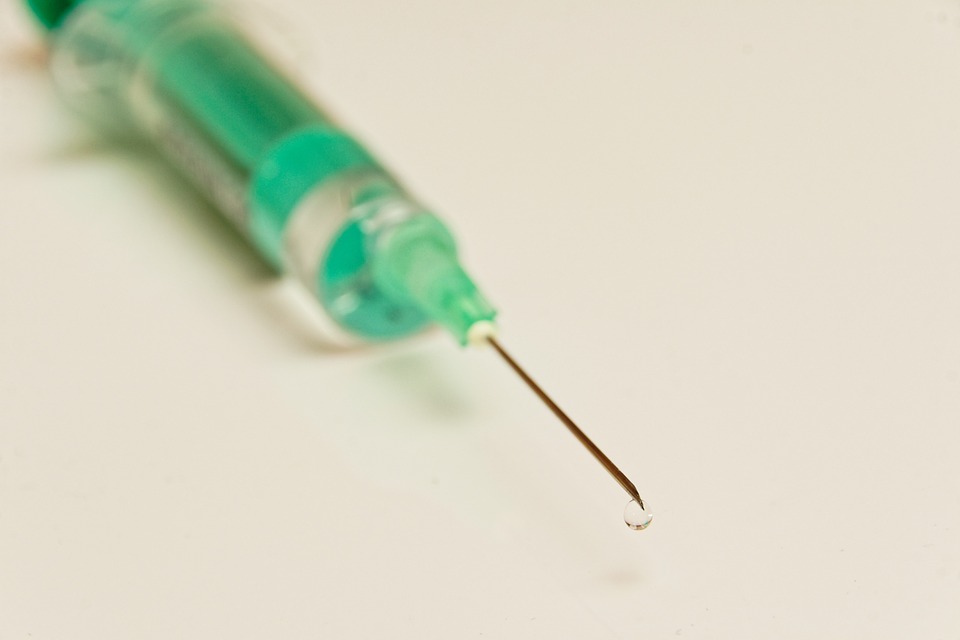
GARDASIL
Ten years ago, the world’s first cancer vaccine was administered in Australia.
Since then, the vaccine—Gardasil—that targets human papilloma virus (HPV) has been administered more than 187 million times in 130 countries around the world, cutting up to 90 percent of infections in some areas, according to a recent review published in the journal Clinical Infectious Diseases.

Aside from Australia, this vaccine is also being used in Europe, North America, and New Zealand.
“Reductions in HPV infections as well as reductions in the prevalence of HPV 6/11/16/18-related diseases, as noted by decreases in Pap abnormalities, cervical pre-cancers, and genital warts, were detected within four years after vaccine introduction,” said lead researcher Professor Suzanne Garland, M.D., director of microbiological research and head of clinical microbiology and infectious diseases, at the Royal Women’s Hospital in Australia.
10 YEARS ON
HPV is a common virus, affecting nearly 80 million people—or one in four—in the United States, according to the Centers for Disease Control and Prevention. Gardasil is typically prescribed for women between the age of 9 and 26 to prevent cervical, vulvar, vaginal, anal cancers, genital warts, and precancerous or dysplastic lesions caused by the virus. It is also approved for use of men between 9 and 26 years old.
Professor Ian Frazer, who co-created the HPV vaccine, said the virus is an “extremely common infection,” so much so that “5 percent of all cancers worldwide are caused by papilloma virus infection”—including cervical cancer, cancers in the throat and mouth, and a small number of rarer cancers.
“About 20 percent of all cancers are caused by a virus infection and about a quarter of those are caused by papilloma virus,” the professor told Brisbane Times.
Experts point out that the vaccine does not eliminate the need for women to undergo cervical cancer screening. Still, the review is an indication—and a very good one at that—of how important the vaccine is in the fight against cervical cancer and other HPV-related cancers and diseases.